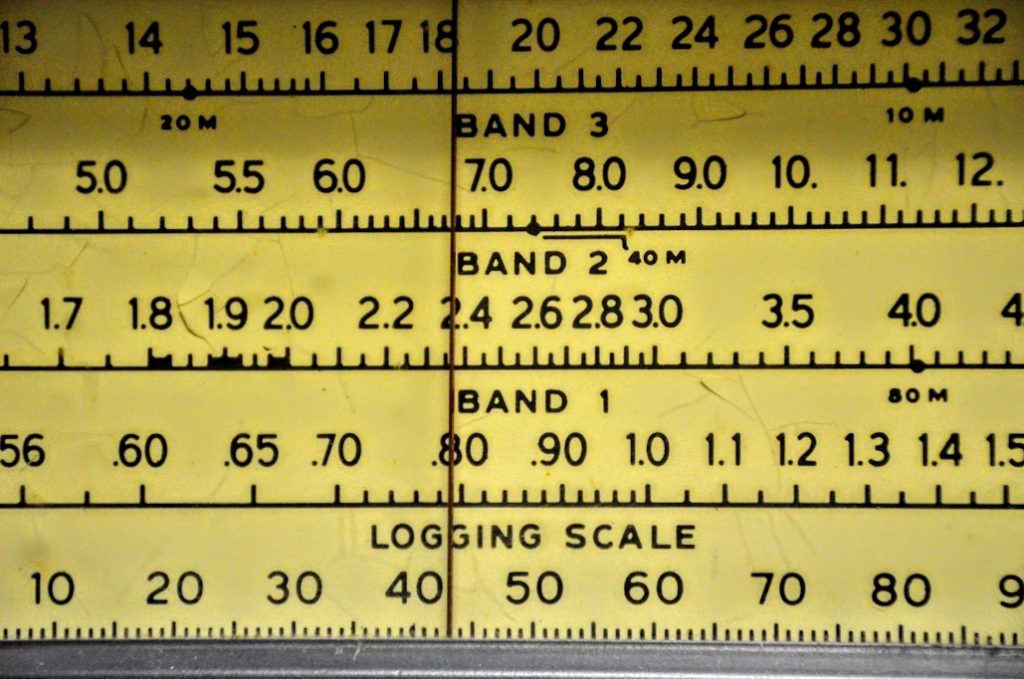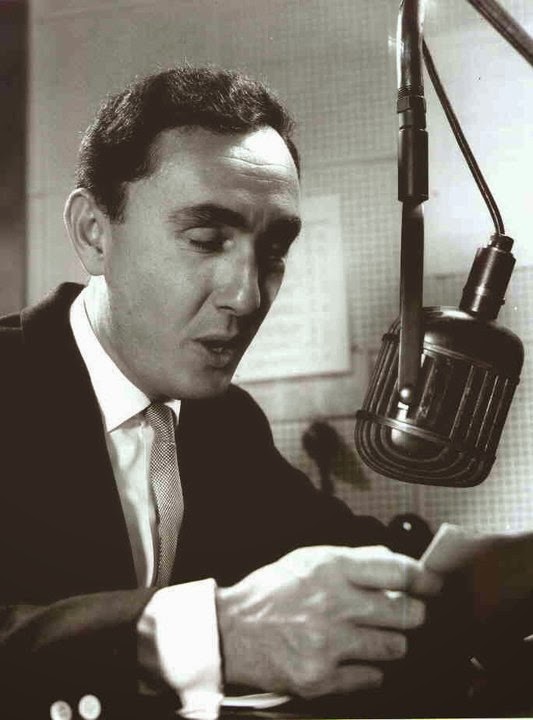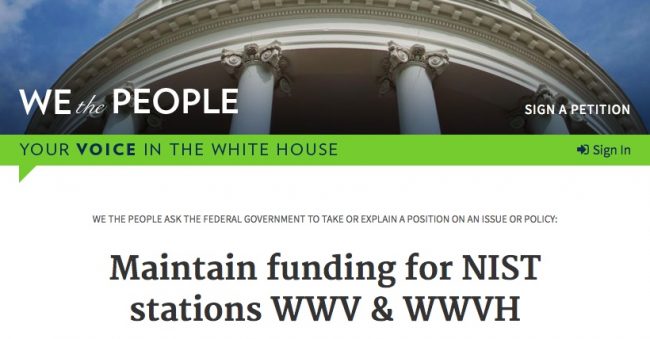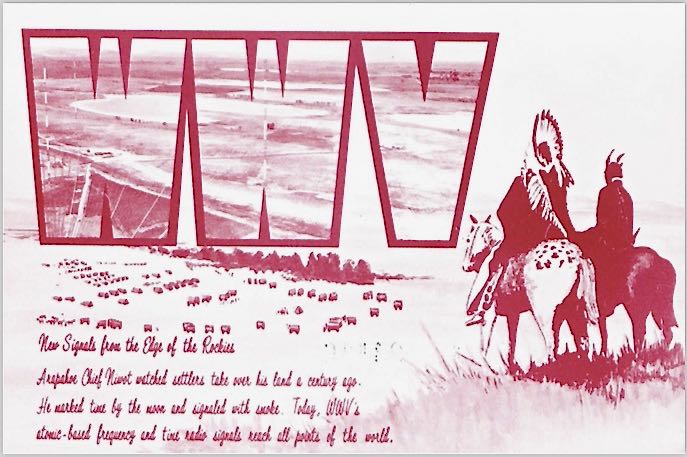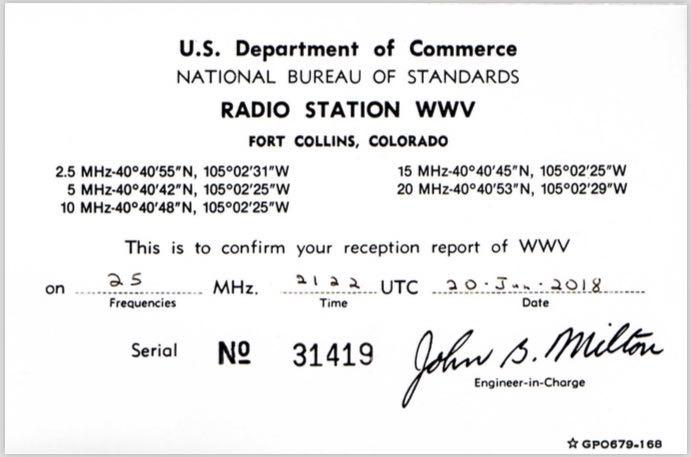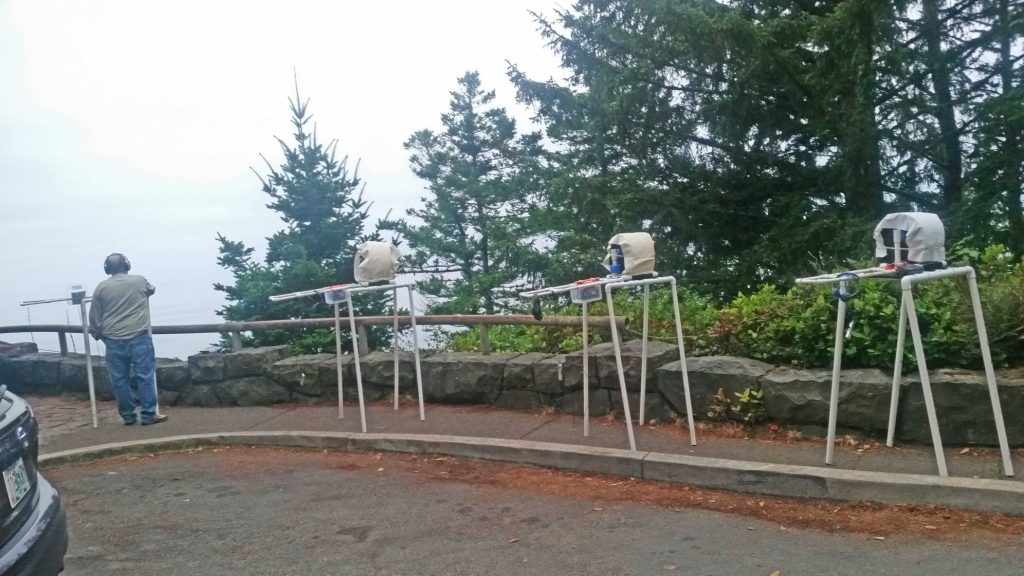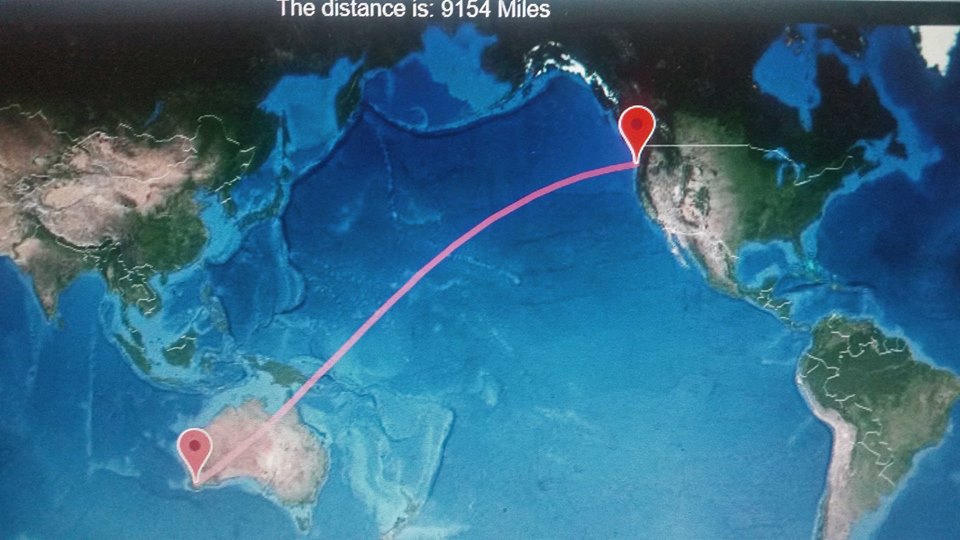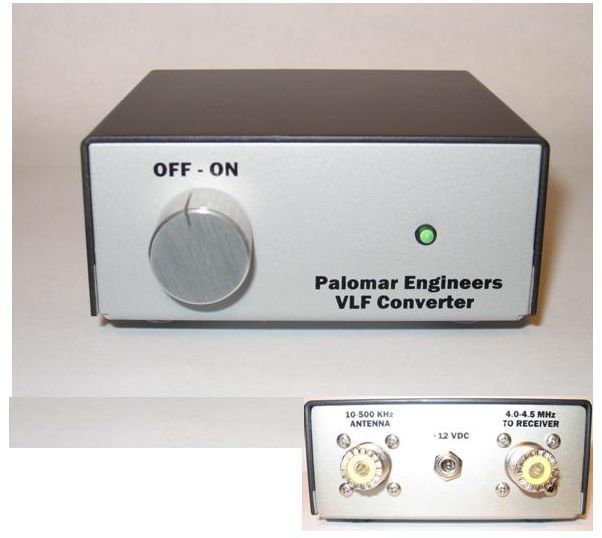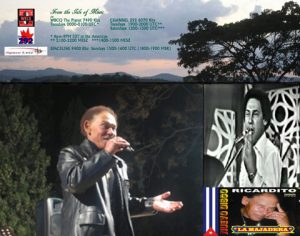
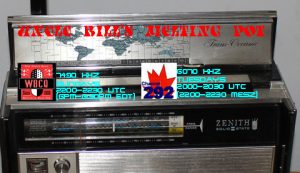
From the Isle of Music, August 19-25, 2018:
Our special guest is Ricardito Rivera, former lead vocalist with Los Latinos and Rumbavana. He is still performing in Spain, and we will discuss his career and listen to music from the the Los Latinos period until today.
Four options to listen to the transmission:
1. For Eastern Europe but audible well beyond the target area in most of the Eastern Hemisphere (including parts of East Asia and Oceania) with 100Kw, Sunday 1500-1600 UTC on SpaceLine, 9400 KHz, from Kostinbrod, Bulgaria (1800-1900 MSK)
2. For the Americas and parts of Europe, Tuesday 0000-0100 UTC on WBCQ, 7490 KHz from Monticello, ME, USA (Monday 8-9PM EST in the US). This has been audible in parts of NW, Central and Southern Europe with an excellent skip to Italy recently.
3 & 4. For Europe and sometimes beyond, Tuesday 1900-2000 UTC and Saturday 1200-1300 UTC on Channel 292, 6070 KHz from Rohrbach, Germany.
From the Isle of Music is not available for listening on demand but some broadcasts can be heard online during the time of the broadcast using Web SDRs or the WBCQ website (during their broadcast) if you are not receiving the radio signal.
Also recommended:
1. Jetzt geht’s los! (Here We Go!), an excellent program of early German Jazz produced by Radio Ohne Nahmen, comes on right before FTIOM on Tuesdays from 1800-1900 UTC on Channel 292.
Uncle Bill’s Melting Pot, Sun, August 19 & Tuesday, August 21, 2018
Episode 76 takes us to the DPRK (North Korea) for an encounter with its popular music.
The broadcasts take place:
1. Sundays 2200-2230 UTC (6:00PM -6:30PM Eastern US) on
WBCQ The Planet 7490 KHz from the US to the Americas and parts of Europe
2. Tuesdays 2000-2030 UTC on Channel 292, 6070 KHz from Rohrbach, Germany for Europe. If current propagation conditions hold, the broadcast should reach from Iceland to Western Russia, Scandinavia down to North Africa and the Middle East, AND a long bounce to parts of New Zealand.
If you don’t have a shortwave radio or are out of range, the Sunday transmission livestreams (NOT AVAILABLE ON DEMAND) on the WBCQ.com website (Listen Live, 7490) and Tunein.com (WBCQ The Planet). The Tuesday transmission
can be heard on several different Web SDRs throughout Europe.
Also recommended:
Marion’s Attic, a unique program produced and hosted by Marion Webster featuring early 20th Century records, Edison cylinders etc played on the original equipment, comes on immediately before UBMP on Sundays from 2100-2200 UTC on WBCQ 7490 Khz.

